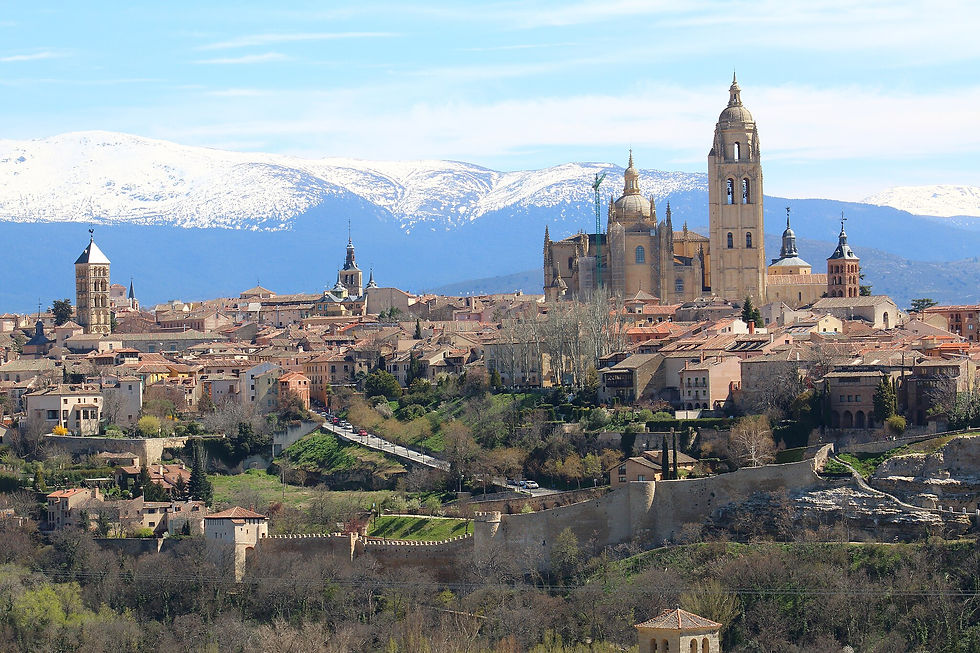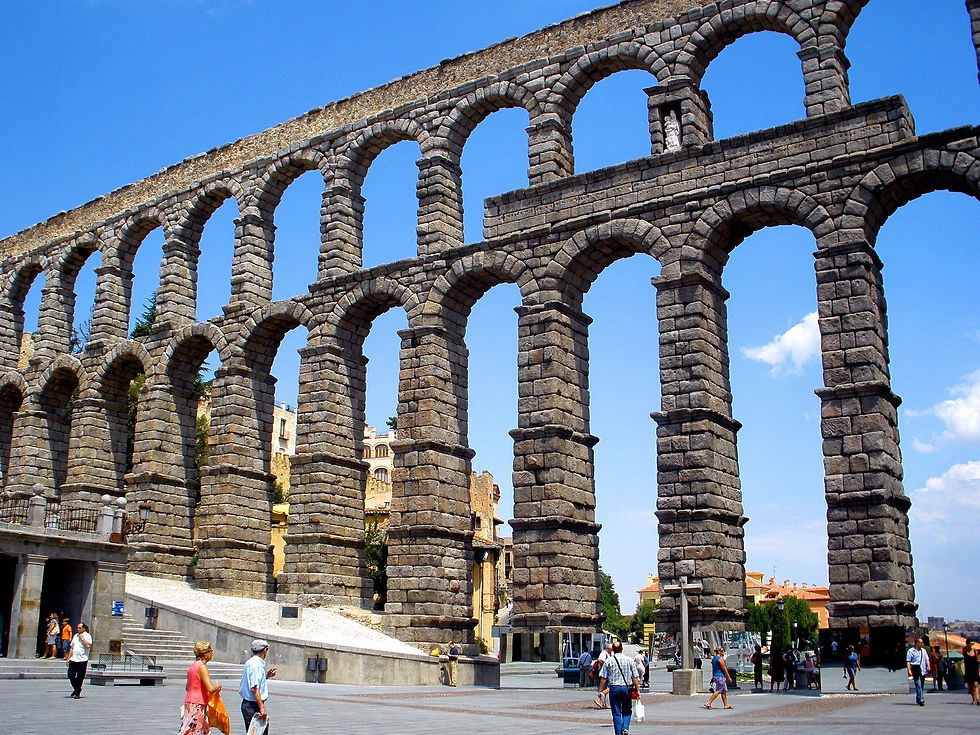Spain’s First Printed Book: Sinodal de Aguilafuente
- Paravoz.es
- Jul 20
- 2 min read

In 1472, in the Castilian city of Segovia, an event took place that seemed minor at the time: the printing of a book of ecclesiastical decrees. Yet that modest volume, the Sinodal de Aguilafuente, became the first printed book in Spain’s history. From that moment on, knowledge began to move beyond monasteries and universities, taking on a new, reproducible form — the printed page.
German printer Juan Párix of Heidelberg established Spain’s first press not in Madrid or Toledo, but in Segovia. Why? Possibly due to the bishop’s support, or perhaps because cultural frontiers often welcome innovation.
Since Gutenberg’s invention in the mid-15th century, the printing press had spread rapidly through Europe. Germany, Italy, France... and eventually Spain, a bit later, but no less significantly.
At first, books like the Sinodal focused on religious content. But the press could not be stopped. In the decades that followed, Spain saw the publication of hundreds of books — from Bibles and medical treatises to chivalric novels and astrological calendars.

This emergence coincided with deep social changes: the nearing end of the Reconquista, the strengthening of the Catholic monarchy, and the rise of humanism in universities. The printed book became more than a vessel for information — it was a symbol of a new era, where access to knowledge was no longer the privilege of the elite.
Today, the Sinodal de Aguilafuente is not just a rare volume stored in the Cathedral of Segovia. It is a cultural milestone marking the dawn of Spanish printing. Segovia now honors this legacy with annual events, exhibitions, and typographic demonstrations.
The document is a record of the diocesan synod led by Bishop Juan Arias Dávila, a remarkable figure: a humanist, bibliophile, and promoter of new technologies. Coming from a family of conversos, he faced suspicion and even threats from the Inquisition, eventually going into exile in Rome. Yet his influence endured. He was the one who brought Párix — trained in Italy — to Segovia, enabling Spain’s first printed work.

Today, when we flip through books or scroll through articles, we rarely consider how knowledge became widespread. But it all started with small, imperfect, and yet profoundly transformative steps — like the one taken in Segovia in 1472.



